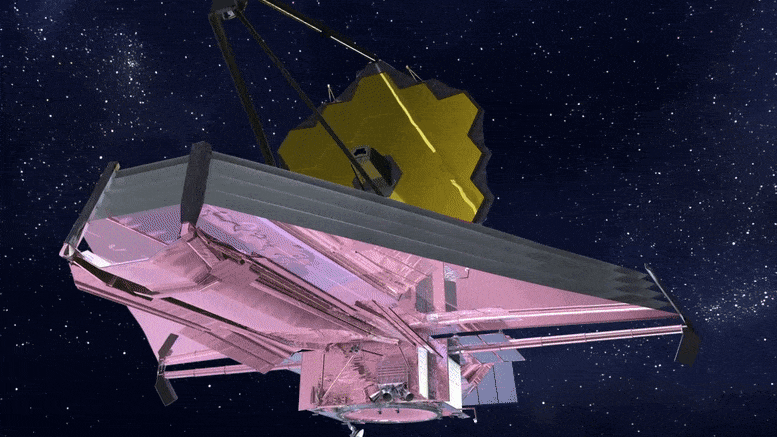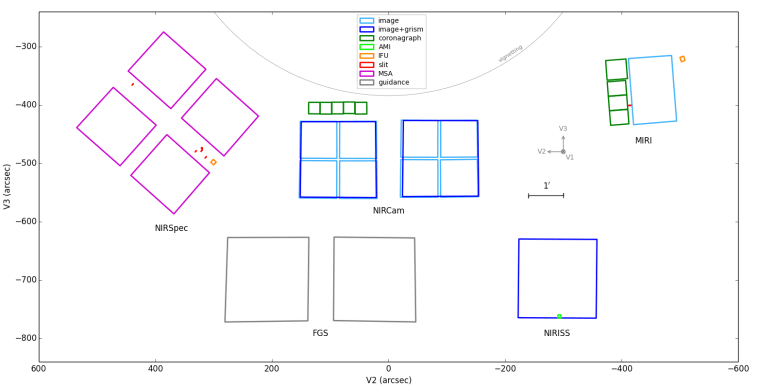So far, the preparations for the operation of the James Webb Space Telescope are progressing as planned

After meeting the important milestone of aligning the telescope to NIRCam, Webb's team begins
Extend the alignment of the telescope to the guide (Fine Guide Sensor, FGS) and the three
The other scientific instruments. This six-week process is called MIMF alignment
(multi-device multi-field).
When a telescope on Earth switches between cameras, sometimes the device is physically disassembled
from the telescope and assemble a new device during the day when the telescope is not in use. If the device
The other is already assembled in the telescope, there are mechanisms that move part of the optics of the telescope (called
capture mirror) to the field of view.
In space telescopes like Webb, all cameras see the sky at the same time. to switch target
From one camera to another, we reorient the telescope to put the target in the field
the vision of the other device.
After the MIMF, the Webb telescope will provide good focus and sharp images on all instruments. Additionally,
We need to know precisely the relative positions of all fields of view. In the weekend
The latter, we mapped the locations of the three infrared devices relatively close to the moderator
And we updated their positions in the software we use to point the telescope. in stone
By way of another device, the FGS recently reached "gentle guidance" mode for the first time, when locked on
Guide star using its highest level of accuracy. We also took "dark" pictures, to measure
the baseline of the sensors' response when no light reaches them - an important part of the calibration of
the device.

Webb's medium infrared instrument, MIRI, will be the last instrument to be aligned, because it still is
Waiting for the cryogenic cooler to cool it down to its final operating temperature, a little less
From seven degrees above absolute zero. The two stages of the cooler, interspersed between the observations
The first of MIMF, will be activated to bring MIRI to its operating temperature. the steps
MIMF's latest aligned the telescope to MIRI.
You may be wondering: if all devices can see the sky at the same time, is it possible?
use them at the same time? The answer is yes! With corresponding scientific exposure, when we are directed
One device to target, you can read another device at the same time. The corresponding observations do not
see the same spot in the sky, so they provide a sample of the universe that is essentially random.
With lots of parallel data, scientists can determine the statistical properties of
The galaxies that are revealed. Additionally, in programs that want to map a large area, there will be a lot of overlap between
the corresponding images, and it increases the efficiency of the valuable data of the web.
More of the topic in Hayadan:

One response
Give us valuable telescope information
bring us out of the dark (: